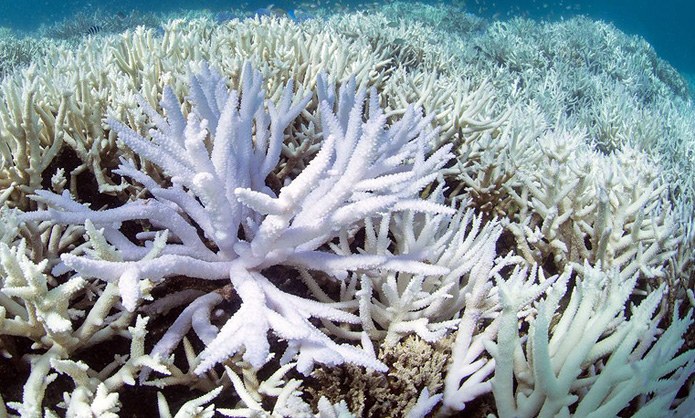On wild coral reefs, increases in temperature as little as 0.5ºC can cause mass coral bleaching. On many reefs, seawater temperatures exceeding 30ºC/86ºF can result in devastating widespread bleaching events.
However, many reefkeepers have kept corals in temperatures over 32ºC/90ºF without bleaching events. Now a new study may help explain why this is possible: The high phosphates in our closed systems may actually help prevent corals from bleaching.
Aquarists rarely think of coral reefs as nutrient poor because we are constantly battling to keep nutrients (namely phosphates and nitrates) low. But such is not the case in the wild, where these nutrients are in rare supply.
Research published in Scientific Reports discovered that the lack of available PO4 is a contributing factor to coral bleaching. In controlled experiments, corals kept at 30ºC dramatically increased their uptake of phosphate compared to corals kept at 25ºC but their rates of photosynthesis decreased. And as expected, loss of zooxanthallae (AKA bleaching) was observed at this higher temperature.
Now, here’s the interesting twist: When researchers enriched the waters with phosphate in their second experiment, the corals kept at 30ºC did not show any significant sign of bleaching nor change in their rates of photosynthesis compared to those at 25°C. In other words, the extra phosphate helped corals maintain their zooxanthallae and continue their photosynthesis.
This study may explain why captive corals don’t bleach as easily as wild corals. It may also help explain why corals on some wild reefs are more susceptible to bleaching than other areas.











0 Comments